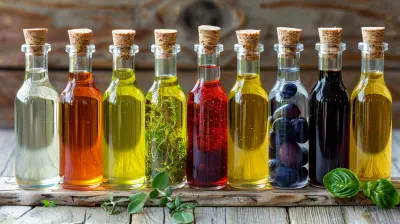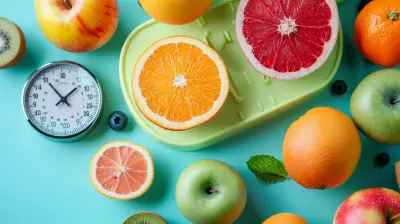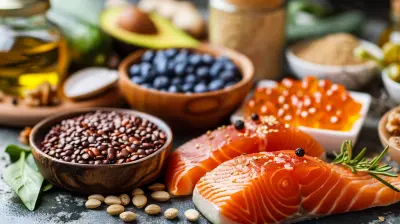Understanding Organic Labels: What Do They Really Mean?
10 June 2025
Have you ever stood in the grocery store, staring at shelves packed with food labeled "organic," wondering what it really means? You're not alone! With so many certifications, logos, and claims, it can feel like a puzzle to figure out which products are genuinely organic and which just have fancy marketing.
But don't worry—I'm here to break it all down for you! By the end of this guide, you'll have a clear understanding of organic labels, what they promise, and how to make informed choices for your health and the environment. 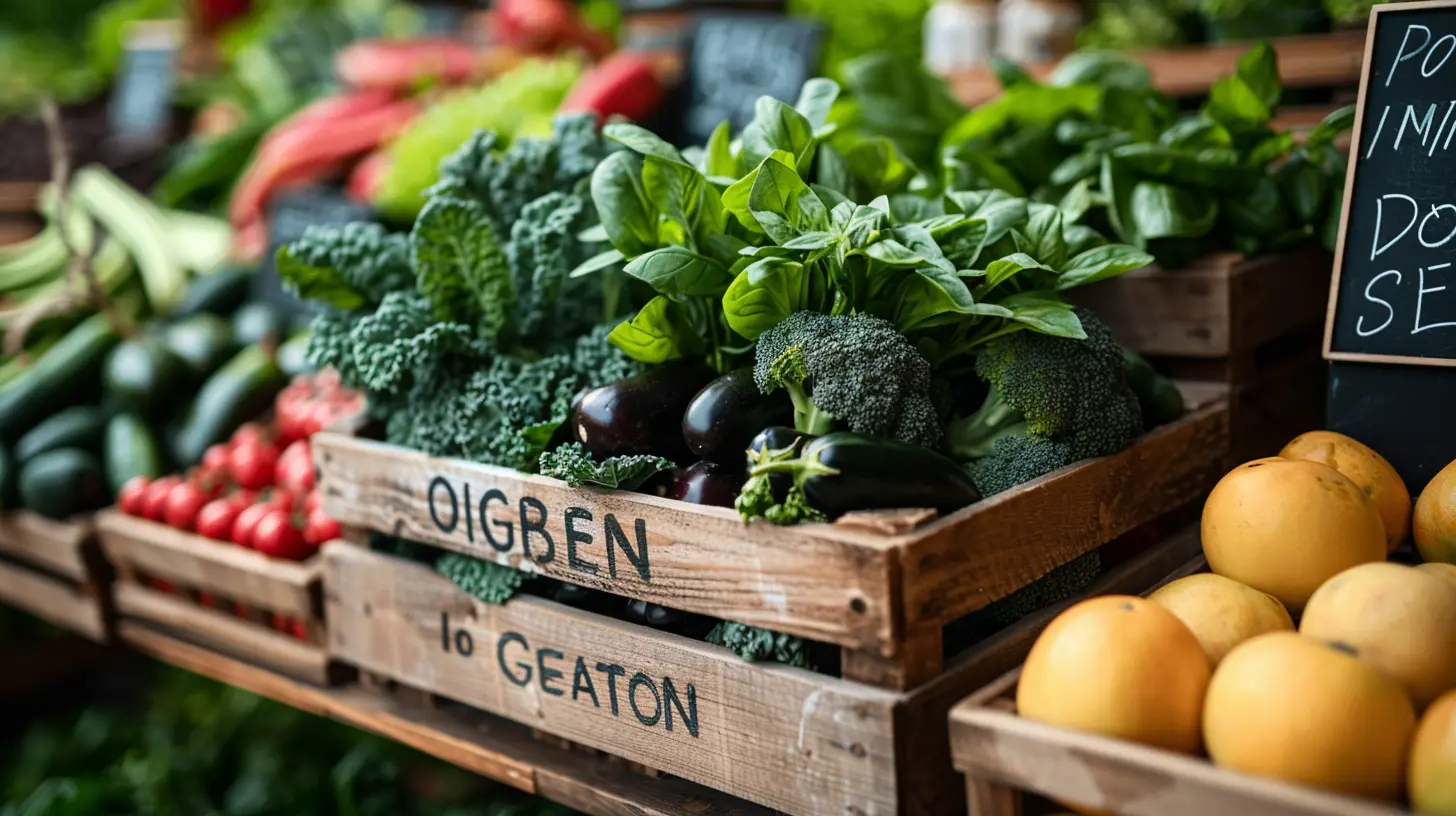
What Does "Organic" Actually Mean?
At its core, "organic" refers to how food is grown and processed. Organic farming avoids chemical pesticides, synthetic fertilizers, genetically modified organisms (GMOs), and artificial additives. Instead, it focuses on natural methods like crop rotation, composting, and biological pest control.Organic methods aim to protect the environment, improve soil health, and create food that's free from harmful residues. But just because something is labeled "organic" doesn't mean it's automatically the healthiest or best choice—there's more to it than just a sticker on the package! 
Understanding Organic Certifications
Not all organic labels are created equal. Different countries have their own certification standards, and some are stricter than others. Let's take a closer look at the most recognized organic labels worldwide:1. USDA Organic (United States)
The United States Department of Agriculture (USDA) has one of the most well-known organic certification systems. If you see the USDA Organic seal, it means:✅ The product is made with at least 95% organic ingredients.
✅ No synthetic fertilizers, pesticides, or GMOs were used.
✅ Animals were raised without antibiotics or growth hormones.
There's also a "Made with Organic Ingredients" label, which means at least 70% of the ingredients are organic, but the product doesn't meet the full USDA Organic standard.
2. EU Organic (European Union)
The European Union has similar regulations, represented by a green leaf logo made from stars. Products with this label must:✅ Contain at least 95% organically produced ingredients.
✅ Follow strict rules on animal welfare and food additives.
✅ Avoid synthetic pesticides and GMOs.
3. Soil Association Organic (United Kingdom)
This UK-based certification follows EU Organic standards but often goes beyond them by being even stricter about animal welfare and food additives. If you see the Soil Association logo, you're getting a product that meets high organic standards.4. Canada Organic (Canada)
Certified by the Canada Organic Regime (COR), products with the Canada Organic logo meet strict government regulations, similar to USDA and EU organic standards.5. Australian Certified Organic (Australia)
The ACO logo indicates a product meets high organic standards in Australia, with strict monitoring of chemical use and sustainable farming practices.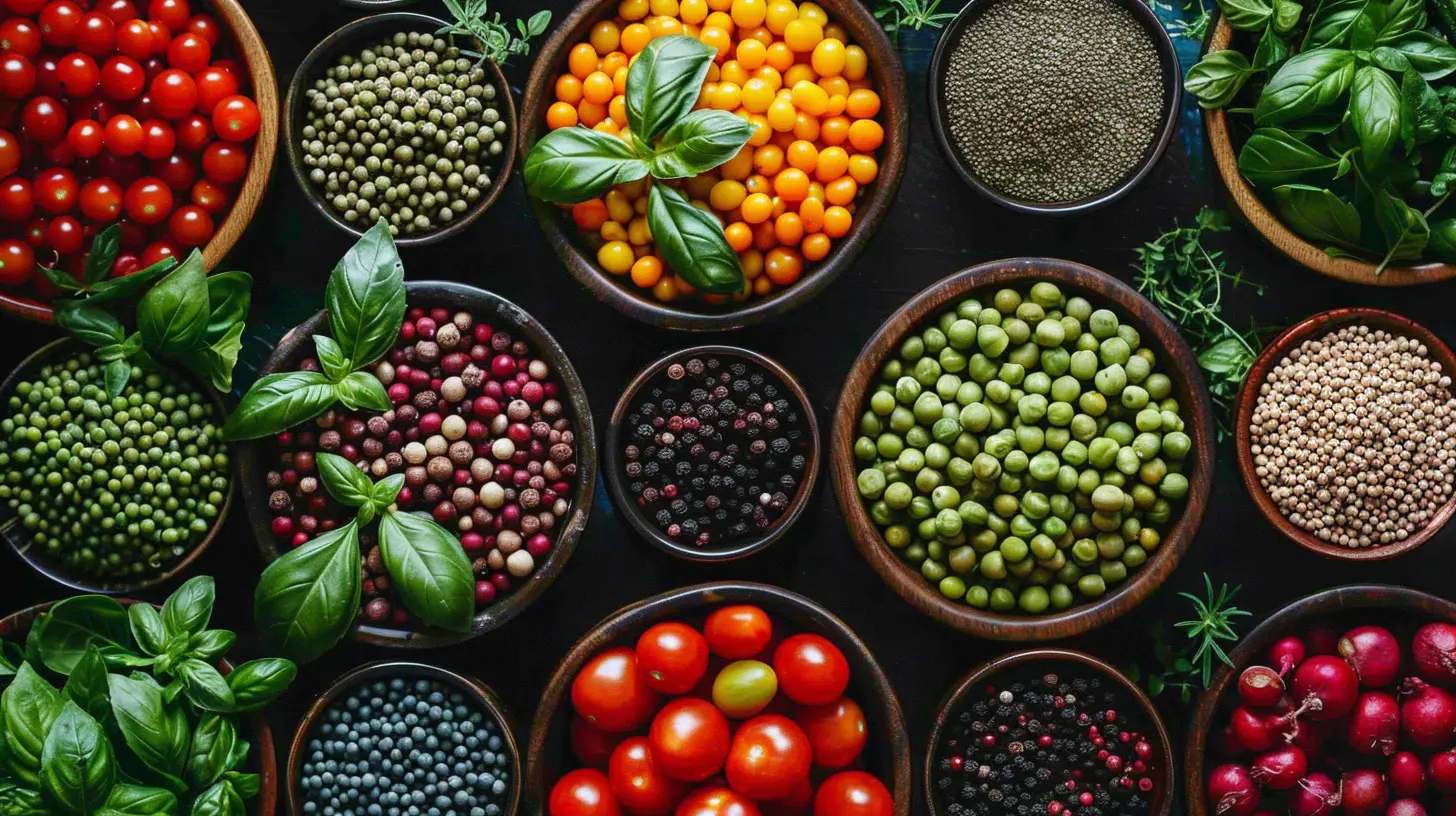
Common Organic Labels & What They Mean
Now, let's talk about those tricky marketing terms that might sound organic but aren't necessarily the real deal:✨ "100% Organic"
This is the gold standard—every single ingredient must be organic. If a product has this label, you're getting the purest organic version possible!🌿 "Organic"
If a product is labeled simply "Organic", it means at least 95% of the ingredients are organic. The remaining 5% must still follow strict guidelines, avoiding harmful chemicals.🍃 "Made with Organic Ingredients"
This means at least 70% of the ingredients are organic, but the remaining 30% may not be. These products cannot display the official USDA Organic seal.🚫 "Natural" or "All-Natural"
This one is super misleading! The word "natural" isn't regulated in the same way that "organic" is. A product labeled "natural" could still contain pesticides, additives, or GMOs. Always read the ingredients list and look for official organic certifications instead of falling for tricky buzzwords.🌎 "Non-GMO"
A Non-GMO label just means the product doesn't contain genetically modified organisms—but it doesn’t mean it's organic. A product could still be grown with synthetic pesticides and fertilizers.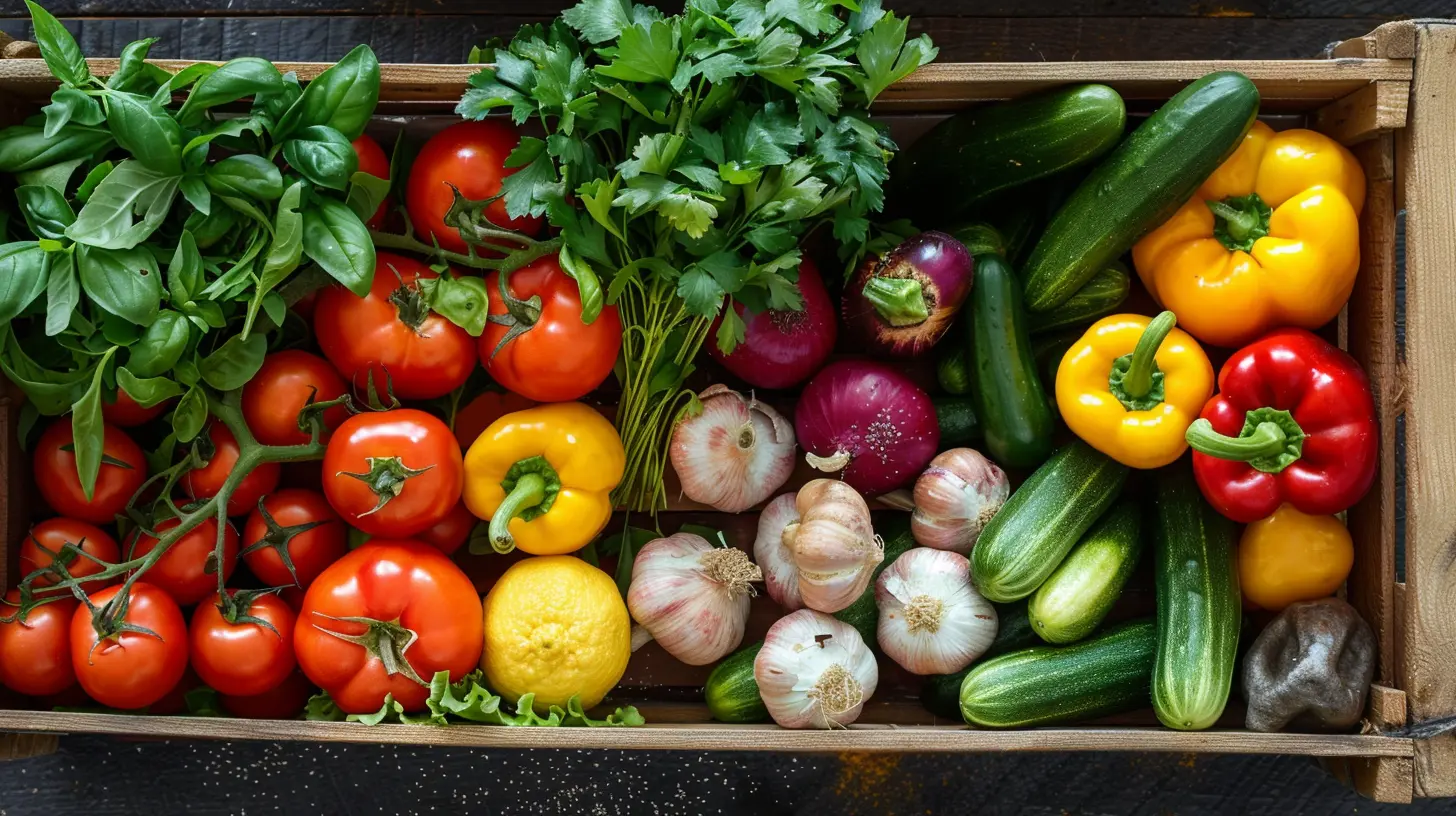
Why Choose Organic?
Now that you know what organic labels really mean, let's talk about why people choose organic in the first place. Here are some of the biggest reasons:🌱 1. Fewer Chemicals in Your Food
Organic food is grown without synthetic pesticides, herbicides, or fertilizers. This means fewer harmful residues on your fruits, veggies, grains, and even in your meat and dairy.💪 2. More Nutrients
Some studies suggest that organic foods may contain higher levels of certain vitamins and antioxidants compared to conventionally grown food. While the difference isn't always huge, the lack of harmful chemicals is a big win!🐄 3. Better Animal Welfare
Organic meat, dairy, and eggs come from animals that have been raised with higher welfare standards. They're given natural diets, outdoor access, and are never pumped full of antibiotics or growth hormones.🌍 4. Good for the Planet
Organic farming promotes biodiversity, healthier soil, and cleaner water by avoiding synthetic chemicals and focusing on sustainable practices. This helps protect the environment for future generations.🚀 5. Avoiding GMOs
If you're concerned about genetically modified organisms (GMOs), choosing organic is an easy way to avoid them completely since organic regulations prohibit GMOs.Is Organic Always Better?
While organic food has some clear benefits, there are a few things to keep in mind:💰 Organic Can Be More Expensive
Organic farming methods require more time, labor, and specialized techniques, which typically make organic products more expensive. If you're on a budget, focus on high-priority organic foods (like the Dirty Dozen, which tend to have the most pesticide residue).🍩 Organic Doesn’t Always Mean Healthier
Just because something is organic doesn’t mean it’s automatically healthy. Organic cookies, chips, and ice cream can still be high in sugar, fat, or calories. Always check the ingredients list before assuming something is "healthy" just because it's organic.🏷️ Not Every Product Needs to Be Organic
Some foods, like avocados and onions, naturally have low pesticide residue, so buying organic versions isn’t always necessary. The "Clean Fifteen" list helps you decide which non-organic foods are safer options.How to Shop Smart for Organic Foods
Here are some simple tips to get the best value for your money while shopping organic:✅ Prioritize organic for high-exposure foods like strawberries, spinach, apples, and other produce known to have high pesticide levels.
✅ Buy in bulk when possible—organic grains, nuts, and beans often have good deals in bulk sections.
✅ Look for sales and discounts—many grocery stores offer weekly deals on organic products.
✅ Shop locally—farmers’ markets and CSAs (Community Supported Agriculture) often have organic produce at lower prices than supermarkets.
✅ Grow your own—if you have space, growing a few organic herbs, veggies, or fruits can save you money and ensure quality.
Final Thoughts
Understanding organic labels can feel overwhelming, but once you know what to look for, it becomes much easier to make informed choices. Whether you're buying organic for health, environmental reasons, or simply peace of mind, now you can confidently navigate the grocery store without falling for misleading labels.At the end of the day, the best food choices are the ones that work for you and your lifestyle. Organic or not, the most important thing is to eat a balanced, whole-food diet that nourishes your body and mind.
So next time you pick up a product labeled "organic," take a closer look—you now have the knowledge to truly understand what that label means!
all images in this post were generated using AI tools
Category:
Organic FoodsAuthor:

Laurie Barlow
Discussion
rate this article
3 comments
Jasmine Bowman
Behind every organic label lies a hidden story. What secrets do these certifications hold, and how do they shape our food choices?
June 21, 2025 at 4:43 AM

Laurie Barlow
Organic labels indeed carry nuanced stories, reflecting agricultural practices, environmental impact, and consumer trust. Understanding these certifications helps us make informed food choices that align with our values and health.
Zia Pruitt
Organic labels can be confusing, but they are essential for making informed food choices. Understanding the criteria behind these labels empowers consumers to support sustainable farming and prioritize their health. Always look for third-party certifications to ensure you're getting genuine organic products. Knowledge is key!
June 15, 2025 at 2:33 AM

Laurie Barlow
Thank you for your insightful comment! You highlight the importance of understanding organic labels and the role of third-party certifications in making informed choices. Knowledge truly empowers consumers!
Reid Roth
Great article! Understanding organic labels is crucial for making informed food choices. It's helpful to know the differences in certifications and their meanings.
June 14, 2025 at 4:34 PM

Laurie Barlow
Thank you! I'm glad you found the article helpful in navigating organic labels and certifications. Making informed choices is essential!
